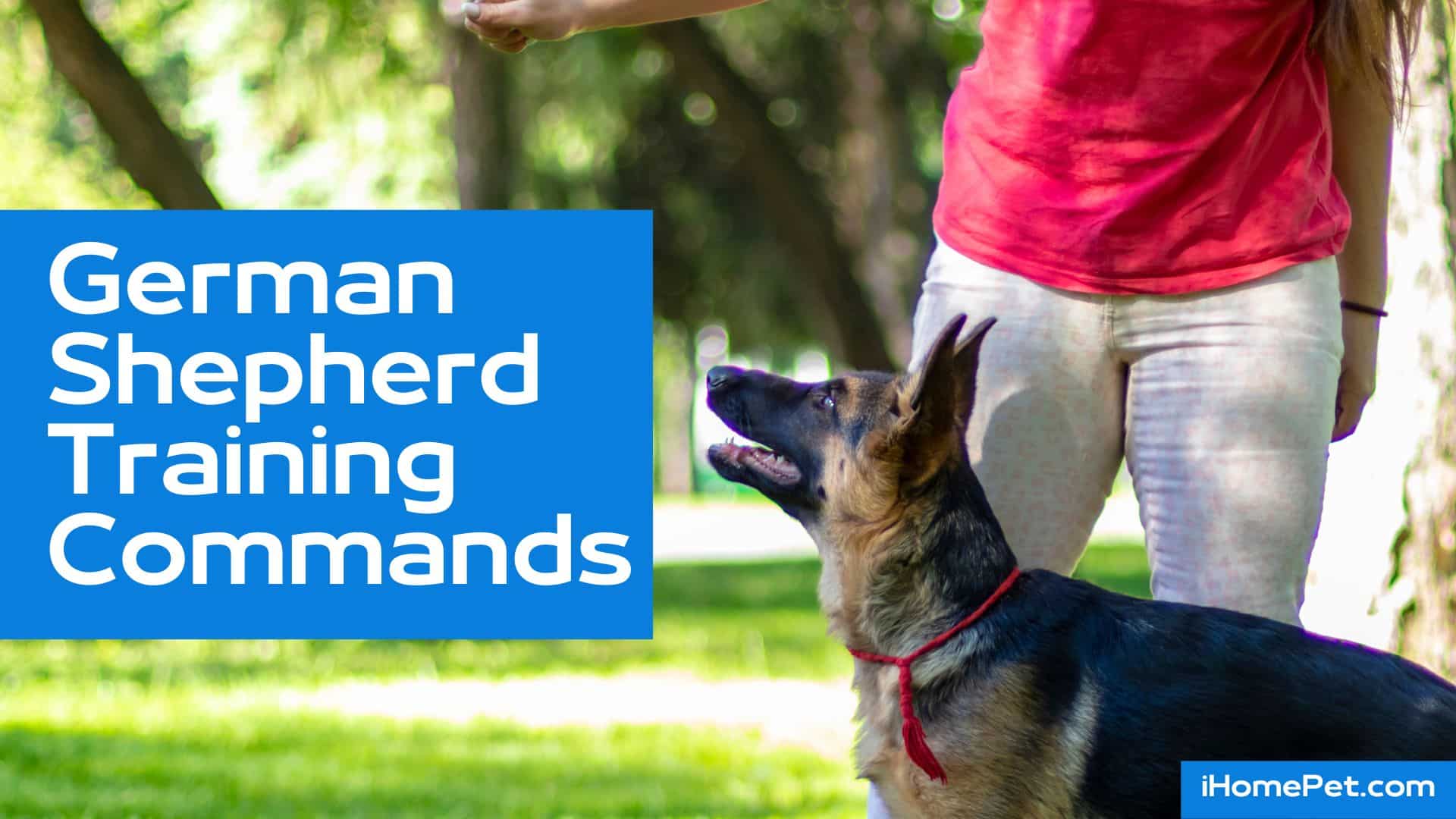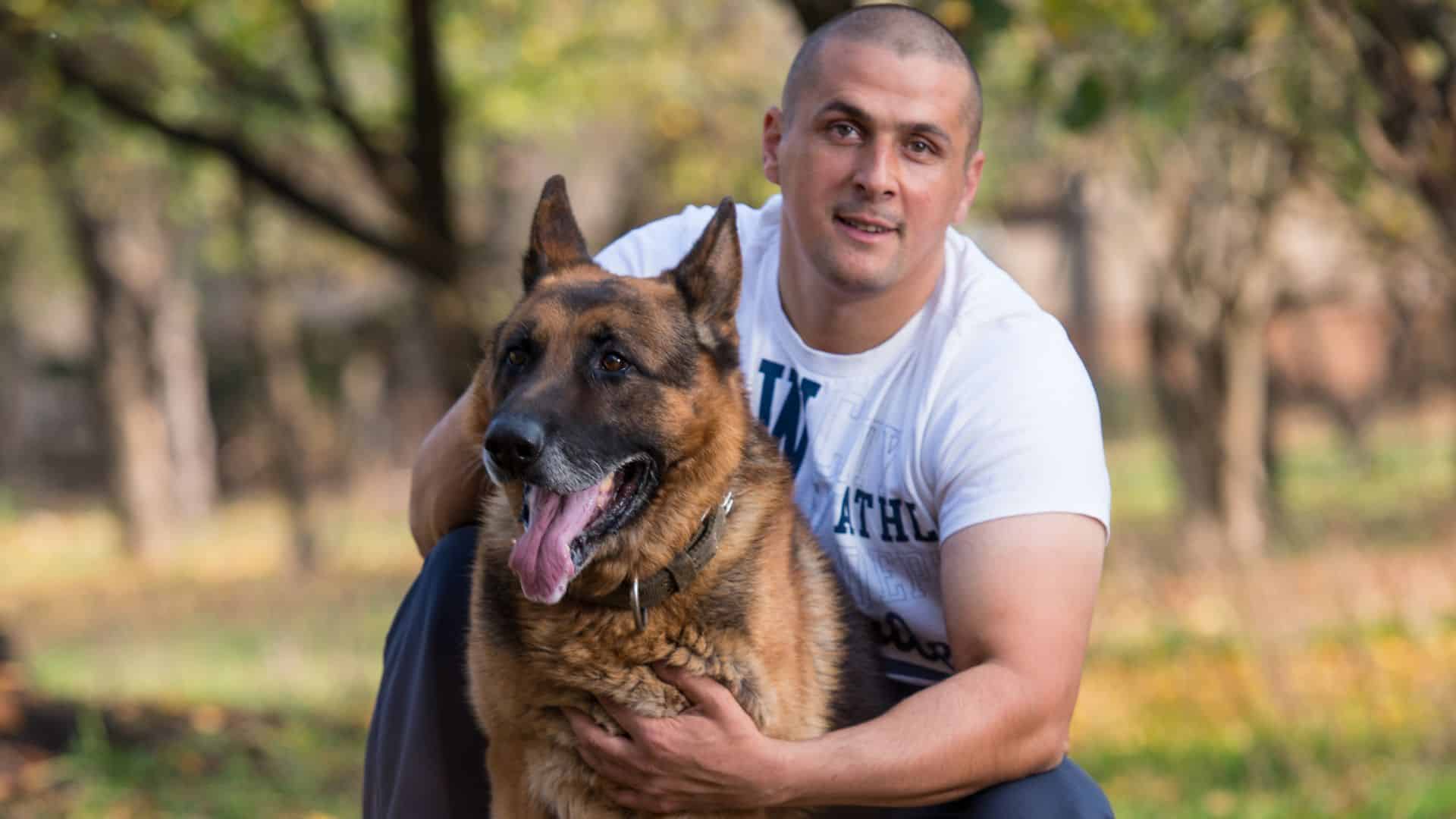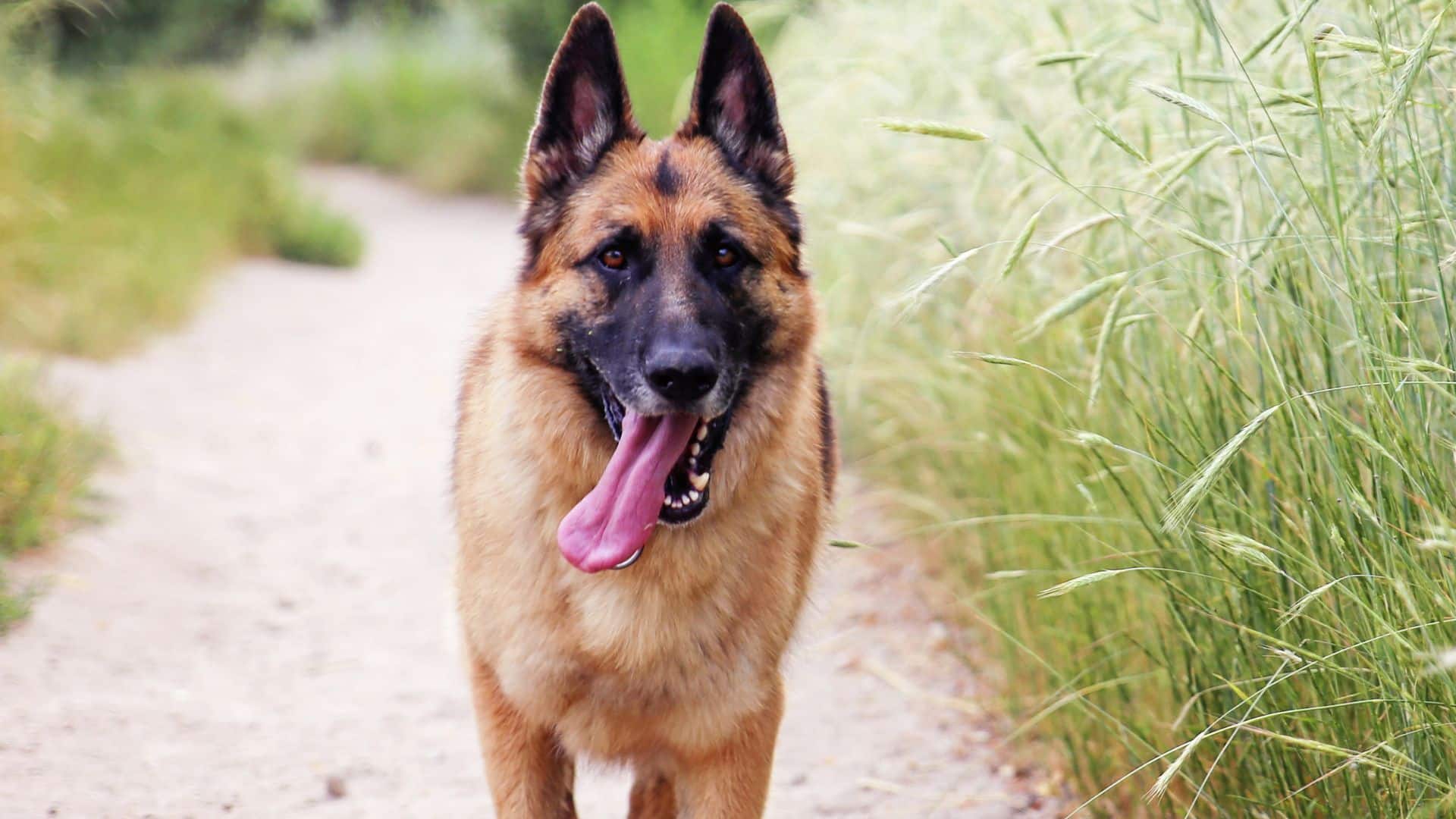German shepherd dogs can be very stubborn when grown up without being properly trained. They are born to be aggressive and industrious during their service lives. To help you out, here are some German shepherd training commands that you can use to home train your friend to be well-behaved and social towards you, friends, and other dogs.
To prevent them from trying to dominate you, training them at their puppy age can never be overemphasized. Both the dog and the owner can easily learn German training commands because they are not that complicated.
Consistency is key when using these commands, as German shepherds thrive on routine and clear expectations. A professional dog trainer can definitely speed things up and help ensure that both the dog and owner are on the same page.
A German shepherd puppy should learn to obey commands such as sit, stay, come, and heel. These basic commands lay the foundation for a well-behaved and obedient dog. By establishing a strong foundation of obedience, the German shepherd puppy will be better equipped to learn more advanced commands and behaviors in the future.
Types of German Shepherd Training Commands

Training your German Shepherd with new commands can be a rewarding and enjoyable experience. German shepherds are highly intelligent and eager to please, making them excellent candidates for learning new commands. To start, establish a clear communication system with your dog using consistent verbal cues.
Most police dogs learn some advanced commands, such as tracking scents, apprehending suspects, and detecting drugs or explosives. These commands require a high level of training and dedication from both the dog and the handler. With patience, your German shepherd can also learn advanced commands that showcase their intelligence and abilities.
#1. Hand signals
Hand signals can be used in cases where your dog has hearing problems or when you need to give more emphasis to certain commands. Your dog will be able to clearly see the movements of your hands and gauge the command you are passing across.
#2. Verbal signals
These are some of the other ways of passing across commands. The tones of the sounds produced have to be affirmative and clear so that the dog gets them. When complementing your dog, the words have to compassionate so that he knows when he does something right.
A NO! should be strong, just as a GOOD BOY! should be accompanied with a smile. Do not flash your teeth during training as this is interpreted as aggression by the dog.
A combination of these two techniques provides for the best training techniques and yields better results. Let us say you want your dog to learn to sit before he eats, you would say SIT! and point at the ground. The dog therefore easily knows what to do.
Strategies for effective German Shepherd Dog Training
Before you start the German shepherd training commands, you need to establish some common ground. You have to put in place measures that will ensure the entire dog’s attention is on you.
Keep It Short and Simple (KISS):
When training your dog, the key to making it a success is to follow this simple rule. She only wants to hear and be able to comprehend whatever you are saying. Using short and concise commands is the best training strategy. Commanding your dog to STAY! Is more effective than telling him to ‘JUST REMAIN ‘
Trust:
Having mutual trust in between you and your dog is very important for this sort of training. You need to have trust in your dog that he will be able to grasp what you are trying to teach him. GSDs are very intelligent and would detect when you are not very sure of yourself.
Best German Dog Commands: Basic commands to teach your german shepherd

Teaching your dog some of the most important commands should be a top priority for any dog owner. These commands include basic obedience cues such as sit, stay, come, and down. By teaching your dog these commands, you can ensure their safety, improve their behavior, and enhance the bond between you and your furry friend.
Additionally, these commands will also make it easier for you to manage your dog in various situations, whether it’s during walks, visits to the vet, or interactions with other dogs and people. A professional trainer can teach your dog these commands effectively and help you understand the proper techniques for training.
They can also provide guidance on how to reinforce these commands consistently and address any specific behavior issues your dog may have. Investing in professional training can greatly benefit both you and your dog, ensuring a happy and well-behaved companion for years to come. Training takes time and patience, but the results are worth it. Here are some of the best german dog commands:
Sit
This command teaches your dog to sit on his hind legs. He could be on or off the leash. This command is essential, particularly during meals. You need your dog to be well behaved and not jump on you as you serve him.
Stay
This is when you want the dog to remain in the same spot she is in. An affirmative outstretched arm with fingers held together and pointed upwards will be more assertive.
Here
This training command tells your dog to position himself at your side or in front of you. This command is accompanied by a hand gesture, pointing at the place you want the dog to be.
Attention
You can train your dog on this command if you need him to focus on you as she wants to be given the next set of command(s). It gives you the dog’s undivided attention.
Come
Your dog needs to know this command if you intend to have him come to you or be recalled back. This is critical when he is meeting other dogs in the park.
Out
It is useful when you need your dog to leave the room for one reason or another.
Crate/kennel
This command tells your dog to go to his crate or kennel.
No
This is an interruptive command. It has more effect when used in a gentle tone.
Good dog
Not more of a command but complementary. This lets the older dog know that he has done something commendable. You should accompany the command with some sort of physical attention like patting or a gentle scratch.
Fetch
This command informs your dog to go and bring the object of interest. It can be anything, from car keys, newspapers to playing balls.
Quiet
The quiet command is used when a dog is barking excessively or making loud noises. It is a verbal cue that signals the dog to stop barking and remain calm. This command can be helpful in situations where the dog’s barking may be disturbing or causing distress to others nearby.
Are German shepherds easy to train?
German shepherds are intelligent dogs and have a natural inclination towards learning and following commands. Their high level of intelligence allows them to quickly grasp new concepts and tasks, making them relatively easy to train compared to other breeds. Additionally, their strong work ethic and desire to please their owners further contribute to their trainability.
Dog training should not be hard for these dog breeds to master. However, it is important to note that each individual dog may have its own unique personality and learning style, so training methods may need to be tailored accordingly.
Positive reinforcement and patience are key when training German shepherds or any other breed. With the right approach and dedication, these dogs can excel in various types of training, including obedience, agility, and even specialized tasks such as search and rescue or police work.
How many commands can a German Shepherd learn?

Dog trainers can teach a German Shepherd a wide range of commands, typically around 40 to 50 different commands. These commands can include basic obedience commands such as sit, stay, and come, as well as more advanced commands like heel, fetch, and even tricks like playing dead.
The intelligence and trainability of these dogs make them highly capable of learning and mastering various commands. Use positive reinforcement every time your dog shows good behavior to reinforce the desired actions and encourage continued learning.
Some mental stimulation can help keep your dog engaged and motivated during training sessions. This can be achieved through interactive toys, puzzle games, and scent work activities. Additionally, incorporating regular exercise and socialization into their routine can contribute to their overall mental well-being and enhance their learning abilities.
German commands vs. English commands
There are various languages that we can use to train our dogs, and one of the most commonly used languages is German. German commands are known for their precision and clarity, making them highly effective in dog training. A German command is not that different from an English command; you simply have to use German words to emphasize the desired action.
Many dog trainers find that dogs respond better to German commands due to their distinct sound and intonation. Additionally, using German commands can also help prevent confusion if you plan on training your dog in multiple languages.
In contrast, English commands may be more familiar to dogs in English-speaking households, but they may lack the same level of clarity and consistency as German commands. English pronunciation is more appealing for US residents and may be easier for them to remember and use consistently with their dogs.
However, it is important to note that the effectiveness of commands ultimately depends on the individual dog and their training history, so it’s always best to choose a language and commands that work best for you and your furry companion.
Have Fun Commanding Your German Shepherd
Your German shepherd is a very intelligent dog breed and will easily grasp whatever German dog commands you use on him. What you need to always keep in mind is that consistency is vital. Use the same words over and over.
The commands have to be simple and straight-to-the point, too. Filler words just make the old dog more confused. Follow these simple steps and be the proud owner of the most obedient, intelligent, and adorable GSD.
You should properly walk your German shepherd every day to ensure they get enough exercise and mental stimulation. Additionally, provide them with regular training sessions to reinforce their obedience and intelligence.
Other dog breeds will require simple commands and regular exercise and training sessions to ensure their obedience and intelligence. However, it’s important to note that each breed may have specific needs and characteristics that should be taken into consideration when implementing training techniques.
Last Updated on 16/03/2025 by Karen Snow
Hi! I’m Karen and a certified dog lover. As a freelance writer and blogger, I do my best to squeeze in some time with my dogs, learning more about the way they act and how I can make sure that they continue to stay well-cared for by yours truly.
My dogs have helped me through a lot, and this is my way of giving back to them! Besides animals, I also love to travel and cook, having explored my country’s restaurants and unique places. Follow me as I show you all the amazing tips and bits of information I learn along the way about our furry friends!
